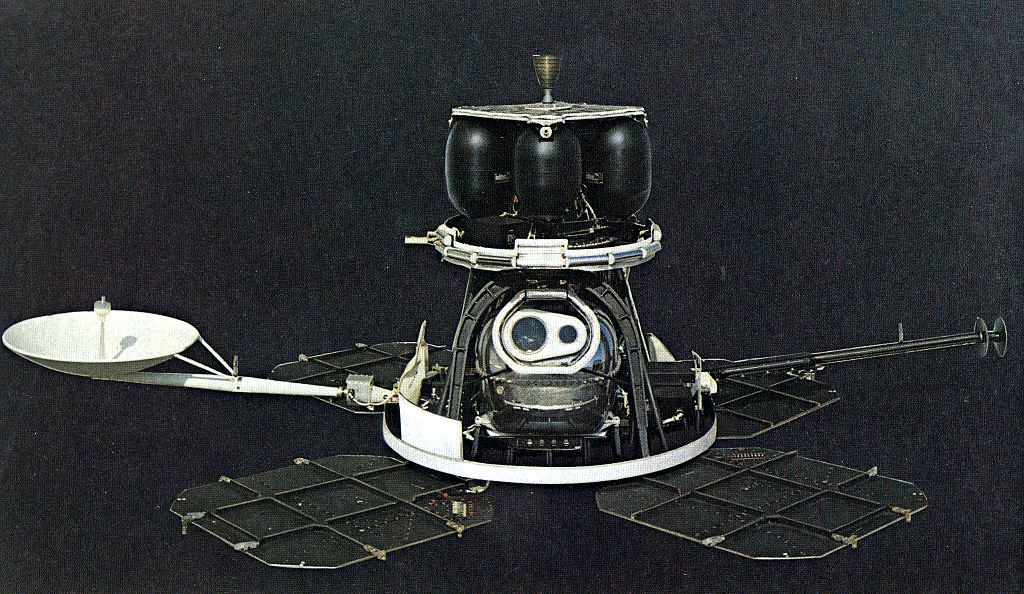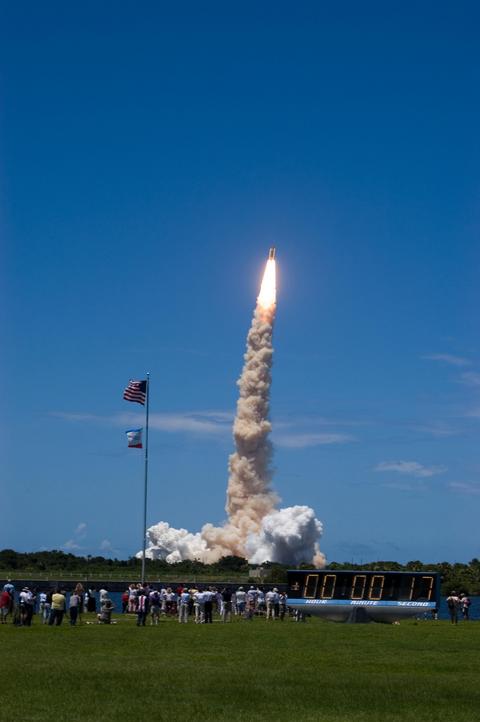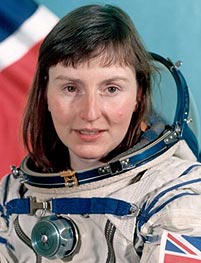Five years ago today — September 18, 2006 — Soyuz TMA-9 launched from the Baikonur Cosmodrome toward its rendezvous with the International Space Station.

(Spaceflight participant Anousheh Ansari in the Zvezda module of the ISS, holding a plant that was grown there. NASA image.)
Soyuz TMA-9 was piloted by Russian cosmonaut Mikhail Tyurin, and carried U.S. astronaut Michael Lopez-Alegria to his new post as the ISS mission commander. It also carried Anousheh Ansari, who had come to the U.S. from Iran as a teenager, earned engineering degrees from George Mason and George Washington universities, and with her husband made a fortune in the telecommunications industry.
Ms. Ansari paid her way on the Soyuz flight, becoming the world’s first female “space tourist” — though she preferred the term “spaceflight participant.” Two years before, she had contributed a sizable portion of her family fortune to sponsor the spaceflight X-Prize, which was re-named the Ansari X-Prize. The $10 million prize was won in October 2004 by Burt Rutan and Scaled Composites with their second suborbital SpaceShipOne flight.
Ms. Ansari spent a little more than a week aboard the ISS, and landed safely in Kazakhstan on September 29, 2006.



















